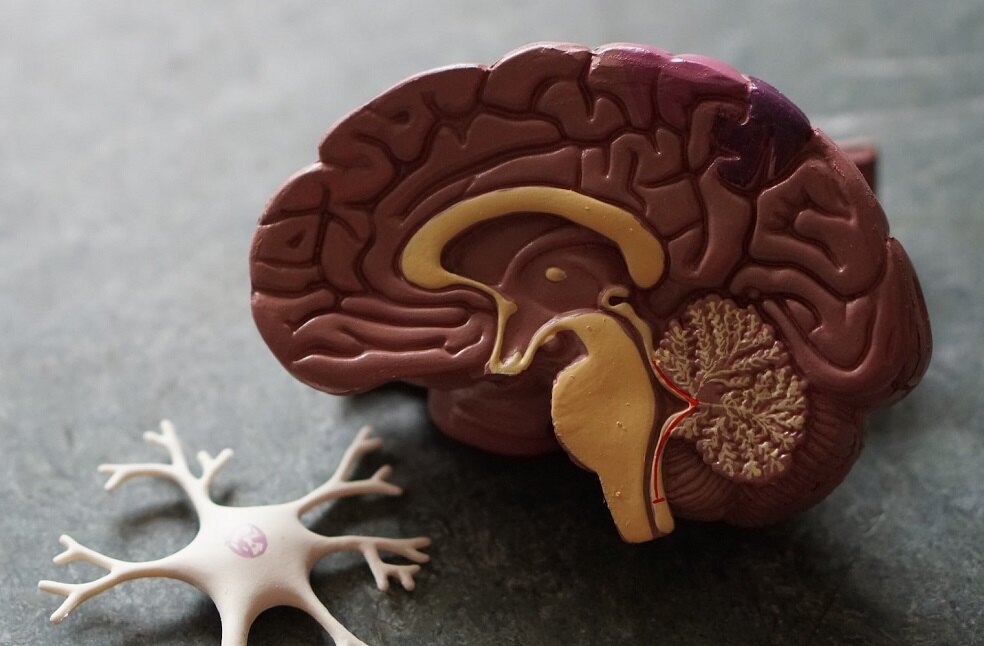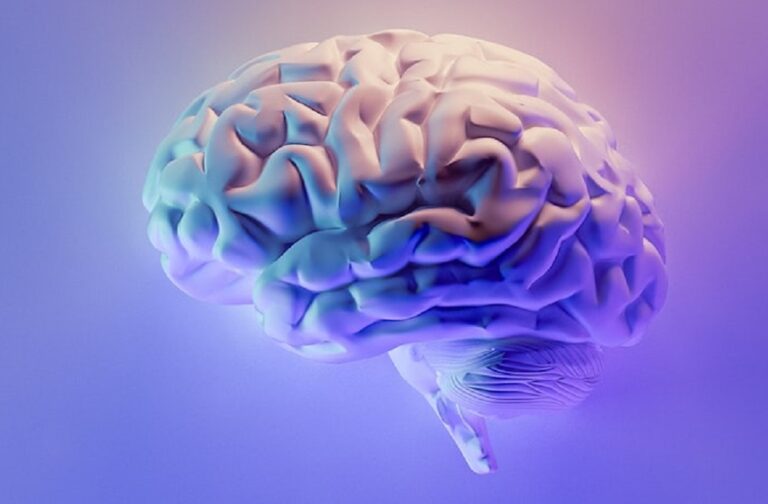Since the brain is involved in every thought and action, treating pain in the brain is challenging. However, a recently developed non-invasive ultrasound treatment method is showing special promise, according to a study published in the journal Pain.
The researchers at the Virginia Tech Carilion School of Medicine used tightly concentrated ultrasonic beams directed to a specific region of the brain to lessen pain perception and some of its side effects (such as heart rate variations).
Although this method is still in its infancy, the researchers are optimistic that it will be able to influence the brain and calm our bodies in the future, particularly for people who are in chronic pain.

These ultrasonic waves target the insula, a region of the brain that is known to be involved in processing pain, making it a prime target for pain management therapies.
However, because the insula is deeply embedded in the brain, ultrasonography is useful. These small bands of sound waves are precisely targetable and adjustable, and their potential effects on the brain have been extensively studied in the past. It has never been attempted on the insula before.
The researchers demonstrated that targeting the insula did have an impact on the painful feelings with the assistance of 23 healthy human volunteers who provided input on moderate pain sensations.

It appeared to help the body in other ways as well, such as enhancing heart rate variability, which is related to pain sensitivity. Heart rate variability is a measurement of the change in time between each heartbeat.
Future studies may examine the relationship between the heart and the brain during pain; if successful, the researchers believe, pain could be treated by focusing on the cardiovascular reactions to it.
Regarding ultrasound treatments, the study found that while the pain reduction was not very great, it was significant enough to suggest that the technique has the potential to be a non-invasive, safe, and easily controlled means of reducing suffering.



